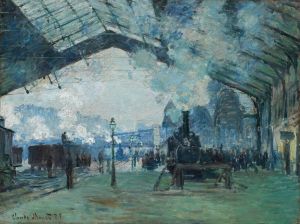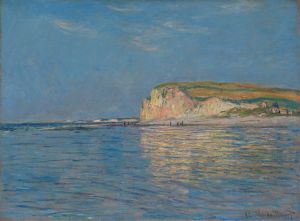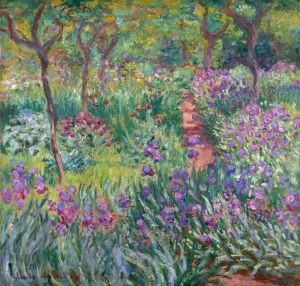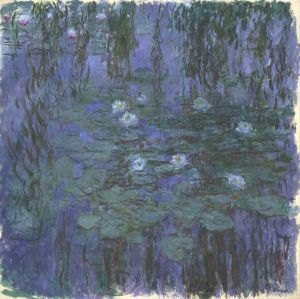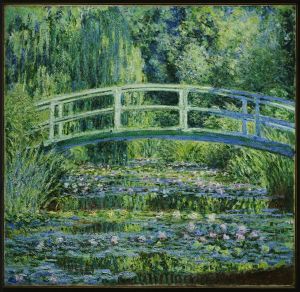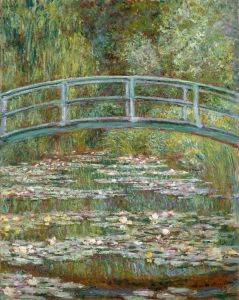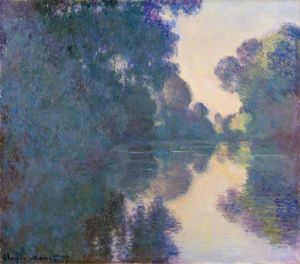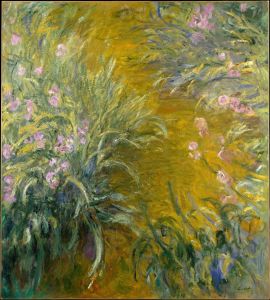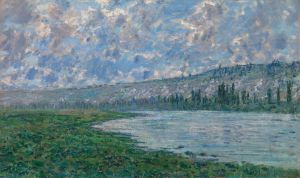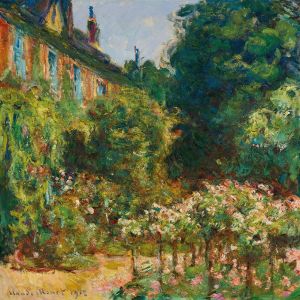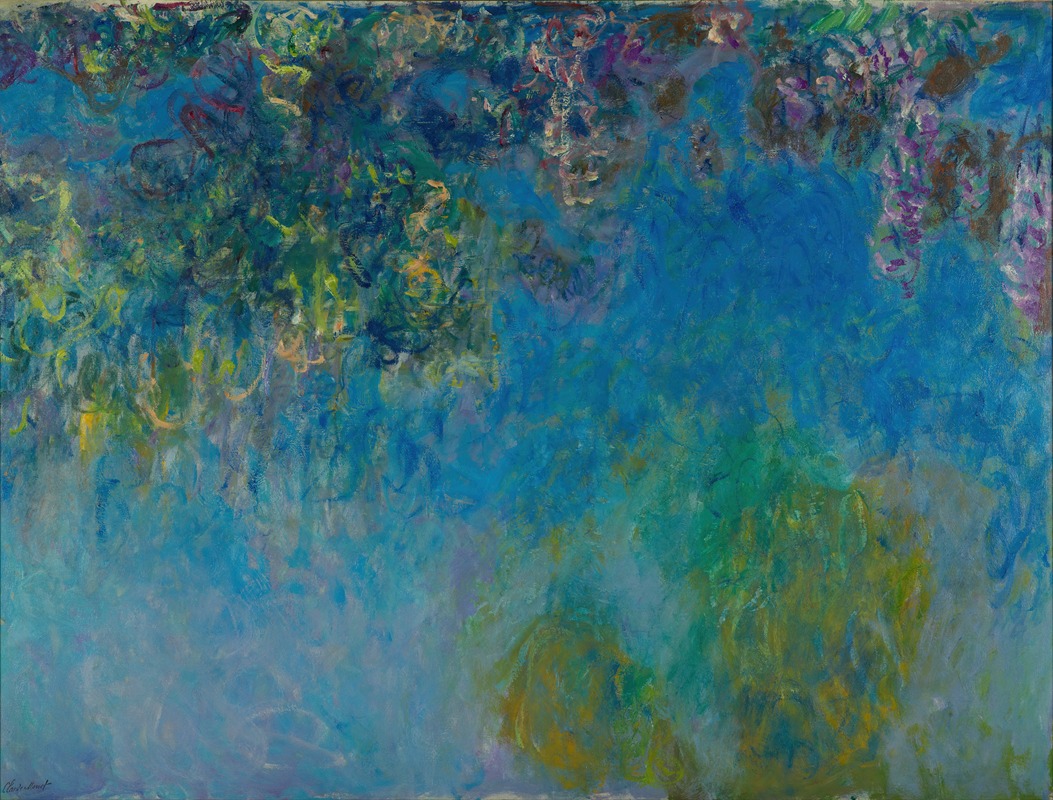
Wisteria
A hand-painted replica of Claude Monet’s masterpiece Wisteria, meticulously crafted by professional artists to capture the true essence of the original. Each piece is created with museum-quality canvas and rare mineral pigments, carefully painted by experienced artists with delicate brushstrokes and rich, layered colors to perfectly recreate the texture of the original artwork. Unlike machine-printed reproductions, this hand-painted version brings the painting to life, infused with the artist’s emotions and skill in every stroke. Whether for personal collection or home decoration, it instantly elevates the artistic atmosphere of any space.
Claude Monet, one of the leading figures of the Impressionist movement, created a series of paintings titled "Wisteria" during the later years of his life. These works are part of his broader exploration of the natural world, particularly the gardens at his home in Giverny, France. Monet's garden, which he meticulously designed and cultivated, served as a primary source of inspiration for many of his most famous works, including the "Water Lilies" series.
The "Wisteria" paintings focus on the cascading blossoms of the wisteria vines that adorned Monet's garden. These works are characterized by their soft, flowing forms and the interplay of light and color, hallmarks of Monet's Impressionist style. The paintings capture the delicate beauty of the wisteria flowers, with their lavender and purple hues rendered in loose, fluid brushstrokes. Monet's use of color and light creates a sense of movement and atmosphere, evoking the gentle sway of the blossoms in the breeze.
Monet painted "Wisteria" during the final decades of his life, a period marked by both personal challenges and artistic innovation. Despite suffering from cataracts that affected his vision, Monet continued to paint prolifically, often revisiting the same subjects to explore the effects of changing light and seasons. His later works, including the "Wisteria" series, are notable for their increasingly abstract qualities, as Monet pushed the boundaries of traditional representation.
The exact number of "Wisteria" paintings Monet created is not definitively known, as many of his works from this period were part of larger series that he worked on simultaneously. Some of these paintings are housed in major art institutions, while others remain in private collections. The "Wisteria" series is often discussed in the context of Monet's broader body of work, which reflects his lifelong fascination with nature and his innovative approach to capturing its fleeting beauty.
Monet's "Wisteria" paintings are celebrated for their ability to convey the ephemeral qualities of light and color, as well as their emotional resonance. They stand as a testament to Monet's enduring creativity and his deep connection to the natural world, even in the face of physical and personal challenges. Today, these works continue to be admired for their artistic significance and their contribution to the Impressionist movement.





